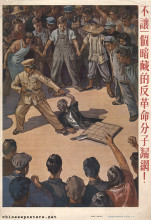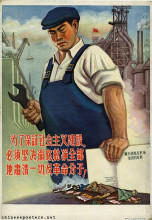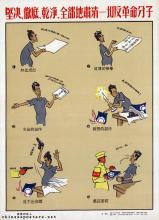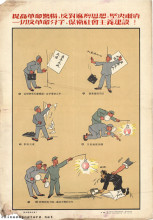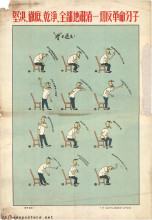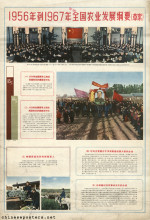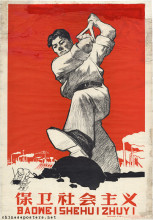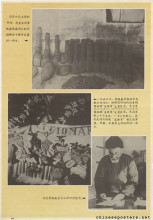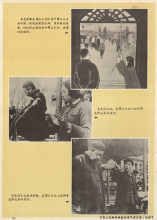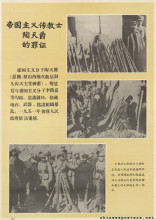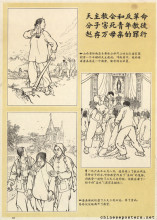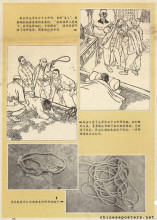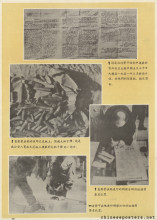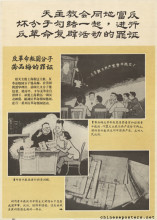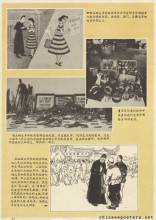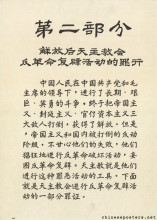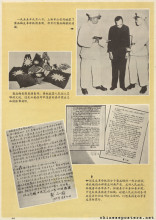After the founding of the People’s Republic, the CCP first and foremost needed to establish its credentials as the new ruling group in the cities. Many urban areas had only recently come under the control of the Party, and many urbanites were still largely unfamiliar with, and possibly even hostile to, the new ideology that guided the nation. The policies that had proven popular in the countryside were not necessarily suited for urban construction and industrialization, and therefore might fail to sway the urbanites to support the Party. Where often fierce class struggle had been unleashed in the countryside, the approach in the urban areas was more cautious and gradual, a result of the fact that urban society was much more complex. The elite was not eliminated straight away, and the Party needed the expertise and skills of the urban bourgeoisie. Through a united front strategy, by which the CCP infiltrated and allied itself with different segments of the population, a network of support was built up to address urban problems.
Suppress counterrevolutionaries, safeguard good circumstances!, 1951
One of the most important campaigns in 1950-1952 was the Suppression of Counterrevolutionaries (镇压反革命, zhenya fan geming), directed against remaining GMD-spies and those who had committed crimes. In many of the posters accompanying these campaigns, the fedora-wearing GMD-spy (tewu 特务) played an important role, as did the overweight, cigar-smoking capitalist. In reality, the larger entrepreneurs were treated rather leniently under the United Front strategy. Although they were subjected to self-criticism sessions, they were gradually absorbed into the official apparatus and even became dependent on it. Curiously, in a few of the instances where GMD-collaborators are depicted, the Chinese poster designers seem to have been inspired directly by German anti-Jewish propaganda materials as they had been produced during World War II in Europe.
Special agent! Where are you running to?, ca. 1951
He who harms the people will not easily escape justice!, ca. 1950
Don't let any hidden counterrevolutionary element slip through the net!, 1955
Marie-Claire Bergère, "China in the Wake of the Communist Revolution: Social Transformations, 1949-1966", Werner Draguhn & David S.G. Goodman (eds), China’s Communist Revolutions - Fifty Years of The People’s Republic of China (London: RoutledgeCurzon, 2002)
Charles P. Cell, Revolution at Work - Mobilization Campaigns in China (New York: Academic Press, 1977)
Julia C. Strauss, "Paternalist Terror: The Campaign to Suppress Counterrevolutionaries and Regime Consolidation in the People’s Republic of China, 1950-1953", Comparative Studies in Society and History, vol. 44, no. 1 (2002)
James L. Watson, "Introduction: class and class formation in Chinese society", James L. Watson (ed.), Class and Social Stratification in Post-Revolution China (Cambridge: Cambridge University Press, 1984)
Yang Kuisong, "Reconsidering the Campaign to Suppress Counterrevolutionaries", The China Quarterly 193 (2008), 102–121
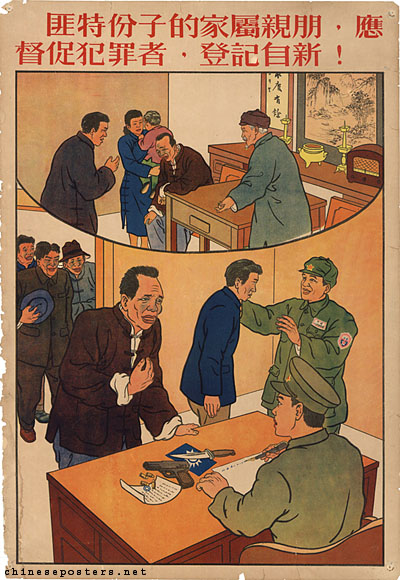


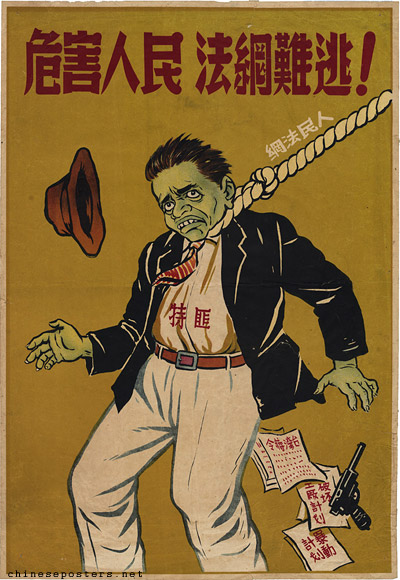
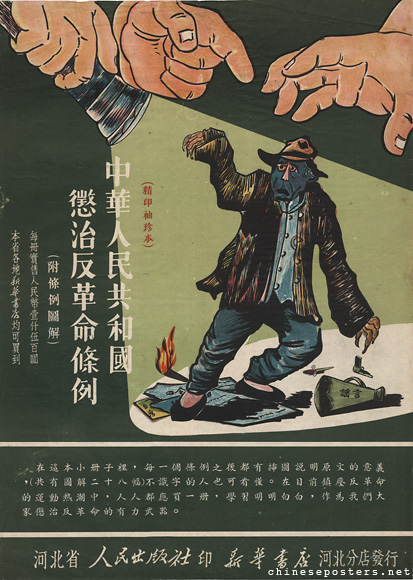


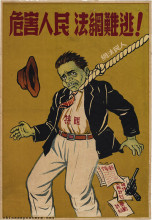
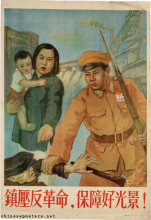
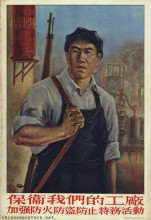


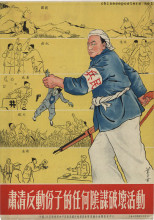
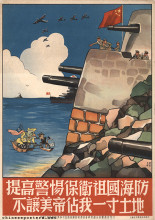




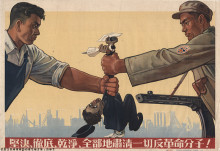

![[Guomindang spy]](/sites/default/files/styles/medium/public/2020-06/pc-195a-002.jpg?itok=DyeTiQ-W)
